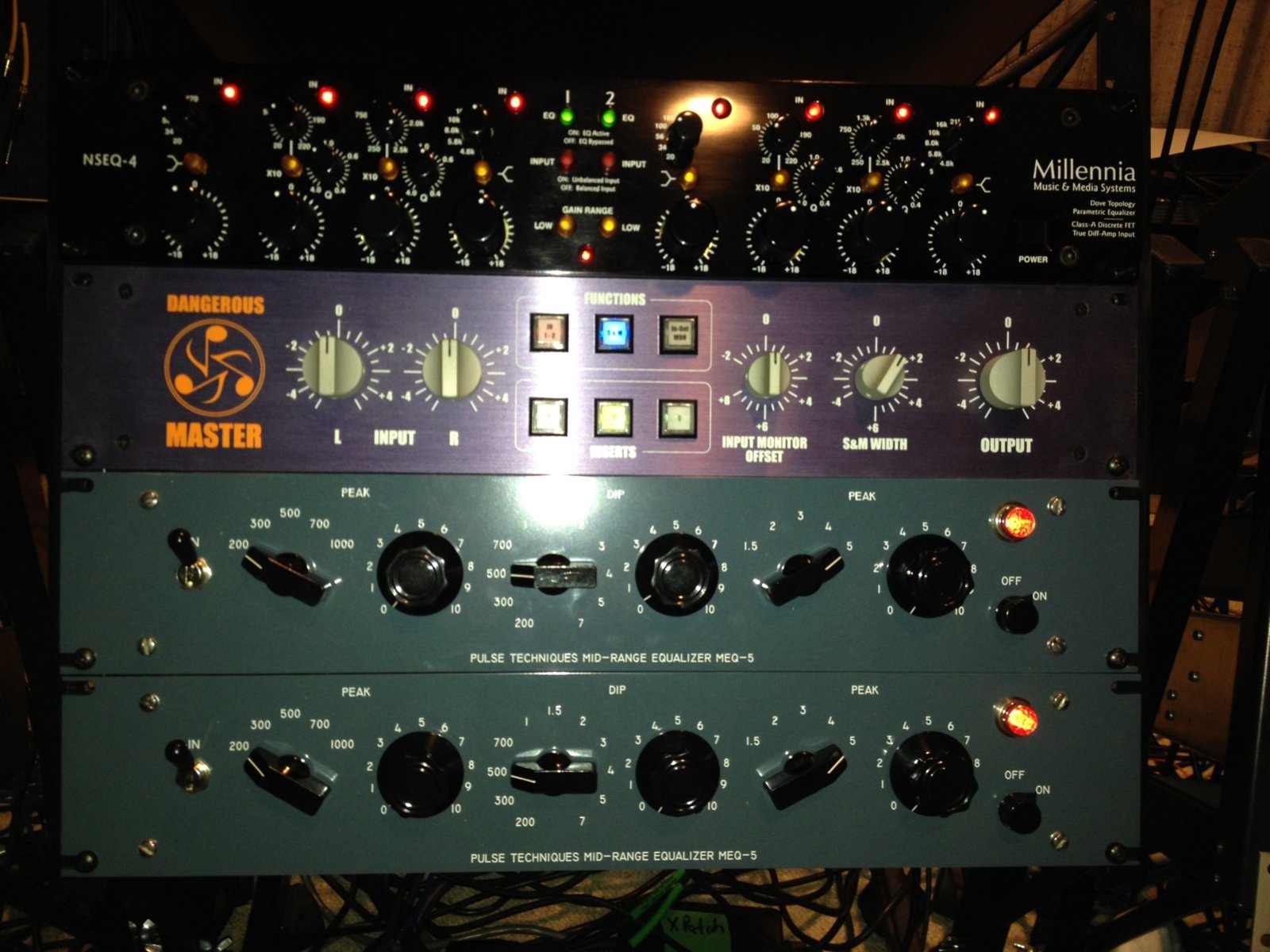Introduction
A personal look into my process of hybrid audio mixing, summing and mastering
I've always had an interest in mastering. Ever since I created recording.org I paid most attention to the mastering engineers. Many don't realize the history of this site but we are in some ways the predecessor to most of the recording forums today. GS, PSW, and hundreds of other recording forums stemmed out from here. In the beginning, we had the old school big boys gathering here sharing their secrets. I paid attention to them like glue.
- A good recording shouldn't need a lot of work to mix it. Which is why a good recording can get mixed in a few hours.
- A good mix shouldn't need a heavy hand to master it. It should be 95% there.
The best Mastering engineers I know use some sort of "mastering consoles". These consoles allow you to insert gear, compare gear, flip it in front, middle or back and hard bypass the buses. They may also include M/S processing and should have an accurate monitoring section that allows you to surgically compare what the gear is really doing on the chain. Transparency throughout the entire path is paramount for a very good reason.
Mastering Engineers will capture to DSD, tape or round trip. The guys that capture to DSD or tape have been the most interesting to me and who I follow. We share a similar workflow including stem mastering.
Imagine how beneficial it is when you "hear" a deeper detail with gear, your levels, mid & side information of a mix.
SPL, Dangerous Music, Manley are the ones I look at and noticed most talked about. SPL and Dangerous Music both make summing amps too. Which leads us to the next part. The Dangerous Master became my 2-bus summing box.
To be continued...

